In British Columbia, use of Crown range is regulated by the Range Act and the Forest and Range Practices Act (FRPA). The Range Act provides the authority to grant range agreements, including permits and licences. These agreements include things like the tenure area and the amount of forage that can be consumed by livestock on Crown land. Similar to the former Forest Practices Code, FRPA provides the necessary authority for government to manage the Crown land resource. This includes authority to require the agreement holder to prepare a range plan and follow practice requirements.
The investigation found that the current framework for range planning under FRPA is not working well for agreement holders, MFR range staff or for management of the range resource. First, there is widespread uncertainty about what the objectives for range mean and what is required to achieve them. Second, agreement holders are expected to write measurable and enforceable plans, yet may not have the necessary qualifications and experience to do so. Finally, the preparation and approval of RUPs is a time consuming and challenging task for agreement holders and the MFR, and it is not clear if range planning is achieving any measurable benefit in managing the range resource.
The Ministry of Forests and Range (MFR) Compliance and Enforcement (C&E) program is responsible for promoting compliance with, and ensuring enforcement of, the province’s forest legislation. Conducting inspections to determine licensee compliance is a key activity of this program, and is the ministry’s primary source of information to assess compliance.
This investigation examines, at the district level, the number of compliance and enforcement (C&E) inspections completed in 2005 and 2006, and the range of alleged non-compliances identified in inspection reports for six forest districts: North Coast and Campbell River in the Coast Region; Skeena-Stikine and Fort Nelson in the Northern Interior Region; and Kamloops and Chilcotin in the Southern Interior Region.
BCTS and timber sales licence holders near Fort St. John have achieved full compliance for their operation under a Forest Practices Code pilot project. In the Fort St. John pilot project area, licensees commit to measurable targets for forest practices and are subject to regular third-party verification of compliance under the pilot regulation.
In January 2004, the Forest Practices Board initiated an investigation of bridge and major culvert inspection and maintenance practices on forest service roads (FSRs). This special investigation assessed Ministry of Forests’ compliance with the Forest Practices Code requirements to inspect, repair and maintain bridges and major culverts. The investigation, consisting of both office and site visits, was conducted in the winter and spring of 2004. The Board examined bridges and major culverts on FSRs in six forest districts: Sunshine Coast, North Coast, Peace, Headwaters (including both former Clearwater and Robson Valley districts), Central Cariboo, and Kootenay Lake.
Compliance audit of Forest Licence A18151, held by Canadian Forest Products Ltd. (Canfor)in the Dawson Creek Timber Supply Area. Canfor’s planning and practices complied with legislative requirements and their approach to harvesting reflects natural disturbance patterns with regard to biodiversity and visual quality values.
Lodgepole pine is an abundant species in the interior of British Columbia (BC) and is important to the region’s forest economy. It is present in 9 of the 12 biogeoclimatic zones, occurring in 6 million hectares of forest across the region. Pine supplies as much as 80 percent of the annual timber harvest in some central interior forest districts and comprises 25 percent of the province’s timber supply.
The audit found the licensees operating in the Hallett landscape unit to be in compliance, in all significant respects, with the Forest Practices Code’s planning and practices requirements as they relate to MPB management within the audit area for operational planning; harvesting; road construction, maintenance and deactivation; site preparation; planting; and fire hazard abatement, for activities between September 1, 2002 and September 26, 2003.
